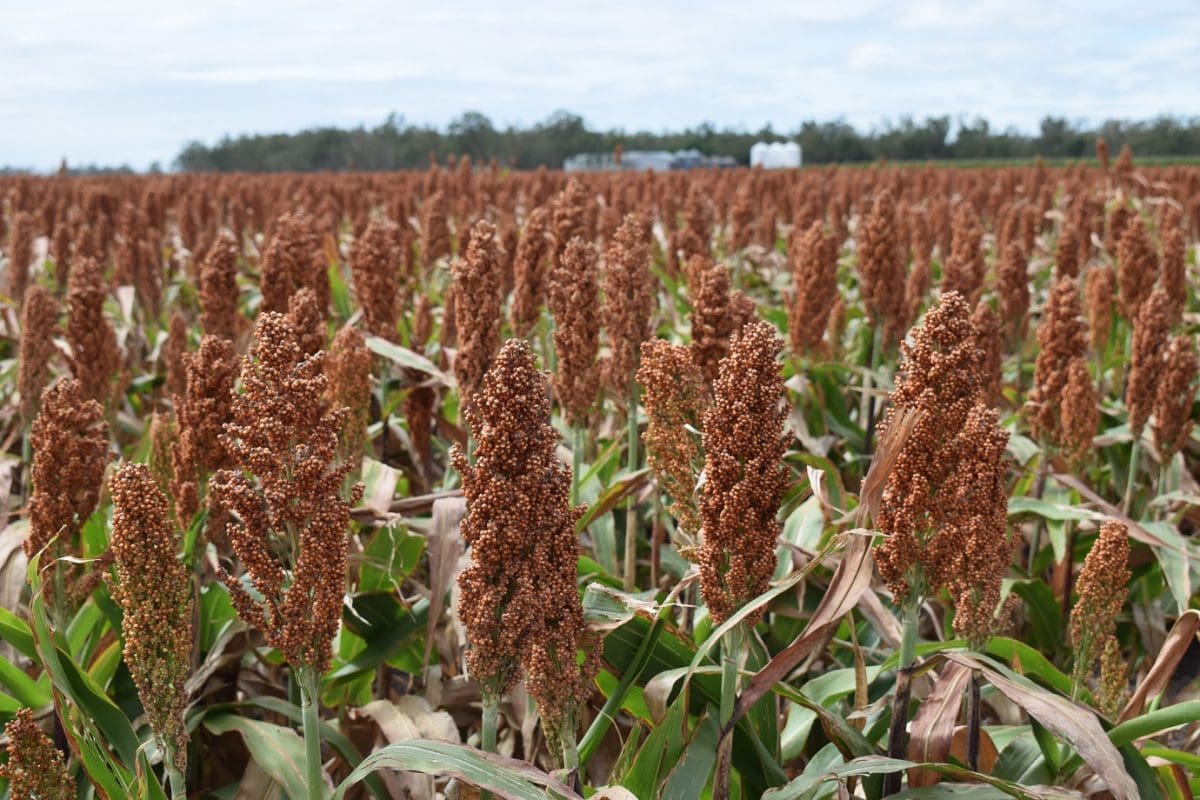
OPPORTUNITIES exist to develop higher value, human consumption markets for Australian grain sorghum beyond the feed industry, according to Charles Sturt University (CSU) Functional Grains Centre (FGC) post-doctoral researcher Dr Kirsty McKenzie.
In a presentation to a GRDC Research Update webinar, Dr McKenzie said there was potential for Australian sorghum to increase its supply of sorghum to the large Chinese market for baijiu – a traditional Chinese spirit – and tap into growing Australian consumer demand for health foods.
Dr McKenzie said in Australia sorghum was mainly used for animal feed, but worldwide it had been used for human consumption for centuries for the production of foods such as porridge and flat breads.
Sorghum was also used in the beverage industry in a number of countries, including the production of baijiu in China.
Dr McKenzie said research at CSU had focused on assessing consumer trends and preferences to identify opportunities for diversifying the market for Australian sorghum.
The work singled out two very different markets for human consumption of sorghum – Chinese baijiu and Australian food – that offered the potential to expand market options and provide sorghum growers with more reliability and less volatility.
“The Chinese market is large and very robust, whereas the Australian market isn’t even activated and consumers may not even be aware of what sorghum is,” she said.
Baijiu potential
Dr McKenzie said China was not able to grow nearly enough sorghum to meet its requirements for the baijiu production industry.
“China is the largest importer of sorghum in the world. But it is very difficult to tell how much of it is going into the baijiu industry because a lot of it is going into the feed industry. But we do know that China is not meeting its requirements for the baijiu industry with its own sorghum, and is looking to import sorghum,” she said.

Australian varieties
Also participating in the webinar, CSU Functional Grains Centre director and food science Professor Chris Blanchard said researchers were in the process of evaluating all the Australian varieties and benchmarking them against one of the common Chinese varieties for baijiu production.
“In terms of parameters like alcohol and yield, our sorghum varieties stack up really well. But the other important part of the equation is the flavour and aroma compounds.
“(In China) Waxy varieties seem to be very important. They typically use red varieties.”
Domestic food market

Kirsty McKenzie
In the Australian food market, Dr McKenzie said while there was very little consumer awareness of sorghum as a food source, the grain had the potential to become sought after by consumers for its health properties and its gluten free status.
“The gluten-free market in Australia is projected to grow significantly over the next five years,” she said.
“More generally, health is currently the biggest consumer food trend, and there is an emphasis on nutrient content and foods that can help manage and prevent illness. Sorghum is well-placed to meet the needs of consumers who are looking for gluten-free alternatives, and/or a range of health benefits.
“Growers could benefit from following developments in this market and establish relationships with food manufacturers.
“That is not easy for an individual to do. But for growers it might be worth talking to grain brokers and seeing what opportunities are out there.”
Sorghum fits food trends
Dr McKenzie said researchers ran focus groups looking at consumer food needs to determine what food trends sorghum could work within.
These included:
- Gluten free. The gluten free food trend is obviously a juggernaut and is set to continue. Sorghum is approved for use as a gluten free product.
- Protein. Consumers are looking for non-animal, including non-dairy, sources of protein. High protein, plant-based snack foods are projected to be a big thing in the next 10 years in Australia. Sorghum has a decent protein profile.
- ‘Eating to beat disease’. The idea of food as medicine is ancient, but is a strong contemporary food trend in Australia and elsewhere. Sorghum might be attractive in relation to this food trend. It is high in antioxidants and fibre.
- Gut health. It is a megatrend. Research has found that sorghum brans are really useful in a gut health context with beneficial effects on gut microbiota and inflammatory processes.
Grain Central: Get our free daily cropping news straight to your inbox – Click here

I remember having a grain sorghum based “porridge” for breakfast when I was working on a a grain farm in central Qld as a young bloke.
It didn’t taste too bad, and definitely had a lot of fibre!
Only time I’ve ever seen it or tasted it.
Over the last 30 years, grain sorghum with white kernels has been spasmodically grown throughout Northern Australia. It would be relatively easy to promote this crop, and have growers produce significant tonnages for both export and domestic use.
I am sure that the sorghum seed companies have the parental material on hand to supply seed to growers.
All that is needed is the publicity and the incentive – perhaps a premium price – for this crop to increase in area once again.